If you are from the United Kingdom, there’s a 33.33% chance you have at least one tattoo. However, despite this figure being higher than most countries, many Brits still struggle to plan a tattoo properly.
Rightfully so, it’s a challenging decision to make. The ink will remain on your skin for the rest of your life. Failing to plan adequately could result in a tattoo you dislike in a few years. Therefore, we strongly advise you to read the below guide before doing anything.
Expert help
Hire a pro for your tattoo design. Preview and tweak it before taking it to the tattoo artist.
There are professional designers specialized in tattoo planning. Share your ideas with them and they’ll will guide you from concept to a final masterpiece.
This is a platform you can use to share your ideas with a professional artist. It’s different form a normal designer because they use 3D software to show how the tattoo fits your body, helping you decide if it’s the one for you.
Proper Research
The popularity of tattoos has risen significantly, but so has the removal of them. Removing them doesn’t only waste time, but it can also cost a considerable amount of money. Without question, the best way to avoid this is to perform research in the following areas:
Tattoo Styles
Before even stepping into a studio and consulting a tattoo artist, you need to think about what you want. The most aggravating thing for an artist is a customer that doesn’t know what they want. Therefore, don’t be that person and develop an understanding of the tattoo design you’re considering.
The first thing you’ll want to consider is tattoo colour. Fewer people are getting coloured tattoos, but it’s still worth the thought. In most instances, people get black and grey tattoos because it works better with more detailed work.
Once you’ve decided on the base colour, the actual style is another consideration. There are many different styles, some of which tattoo artists specialise in, and others don’t. To visualise the available options, check out this article.
As you can see, there’s a ton. However, an artist will never specialise in all of these. So you’ll want to identify who’s able to perform the type of tattoo you’re interested in.
Tattoo flash or custom tattoo?
Now you’ve decided on the tattoo colour and style; it’s time to decipher how you’ll want to approach this. There are two different options in the industry: tattoo’s from a flash book or something completely custom.
A flash book got designed initially for quick tattoos. These are pre-drawn designs that artists have in a book. When walk-in customers want a tattoo, they can select one from these designs. In most circumstances, these are cheaper as the artist already has the design sorted and maybe even the stencil.
When it comes to a custom tattoo, it’s self-explanatory. With these, you’ll need to consolidate a professional, explain what you want, and the tattoo artist will create a bespoke tattoo design.
If you’re looking to get a flash tattoo, this is the finest collection of flash designs.
Walk-in or appointment-only studios?
Including the above, when planning a tattoo, you’ll want to know the difference between a walk-in and appointment only studios. There isn’t anything wrong with either option, but you’ll want to consider the below:
Typically, walk-in studios will only allow you to have small custom designs or something from a flash book. In contrast, an appointment-only studio will allow you to have anything. That’s because the artist will have the time to prepare for your design and appointment.
If you want to find the best artist for you, either check out our article on how to find an artist or start searching in your city and with your favorite style.
Pain threshold and location
Additionally, learn about your pain thresholds when you consider getting the tattoo. Planning a tattoo is one thing, but sitting through the appointment and getting it is another. Therefore, knowing the most and least painful areas to receive a tattoo could be beneficial.
Surprisingly, for men and women, a tattoo pain chart is different. For instance, men have less pain in the arms; as shown by this image:
Reference: Healthline
With women, the diagram of tattoo pain looks slightly different. In the arms, there’s more pain than a man. However, there’s less in some areas on the legs:
Reference: Healthline
However, there are methods of counteracting this pain. For example, using a Tattoo Numbing Cream has helped many people receive painless tattoos.
Book a consultation
Once you’ve performed the above research, you can find an adequate tattoo artist and book a consultation with them. During this session, you can present ideas, ask questions, and gain better insight into the outcome.
Some discussion areas might be the size, colour, location, style, etc. Once the artist has all this information, they can then go ahead and design or recommend an idea within their flash book. Also, this would be an ideal time to suggest to them whether you’ll be using tattoo numbing cream or not.
Preparing for a tattoo
After planning a tattoo, it’s time to prepare for the special day. Luckily, there isn’t much work involved, as most of this is passed onto the artist. However, to make the experiences seamless and the most enjoyable as possible, you’ll want to consider the following:
- Be hydrated – Drink lots of water before, during, and after the tattoo. It’ll help your skin react better with the ink and needle while making the tattoo heal quicker.
- Moisturise skin – Healthier skin means a better-quality tattoo. Therefore, frequently moisturise before and after the procedure to ensure optimal visual quality.
- Shave the location – Although a tattoo artist can do this, it’s always a nice gesture to shave your tattoo location. It’s a minor consideration that could mean a lot to the artist.
- Apply numbing cream – If you’re worried about the pain, apply a tattoo numbing cream. You’ll want to use this 90 minutes before the process to reduce the pain.
- Sleep and eat well – Don’t drink, party, or eat junk food leading up to the tattoo. Eat well, sleep well, and your tattoo experience will be delightful.
- Wear loose clothing – Without question, don’t wear tight clothing over the tattoo area. Make sure it’s loose and comfortable.
Conclusion
After reading the above, you should better understand planning a tattoo. Undoubtedly, it’s a lengthy process, but you’ll want to get this right the first time around. Therefore, follow the above guidelines and take it slow.
If you’re worried about the pain of a tattoo, you’ll want to consider a tattoo numbing cream.
TattooNumbx is well-known within the industry and has helped many through painless procedures.

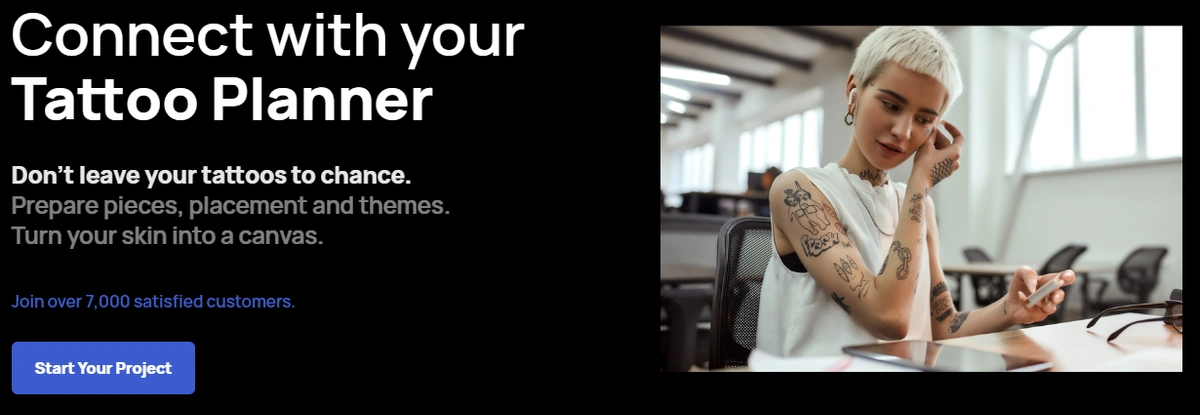
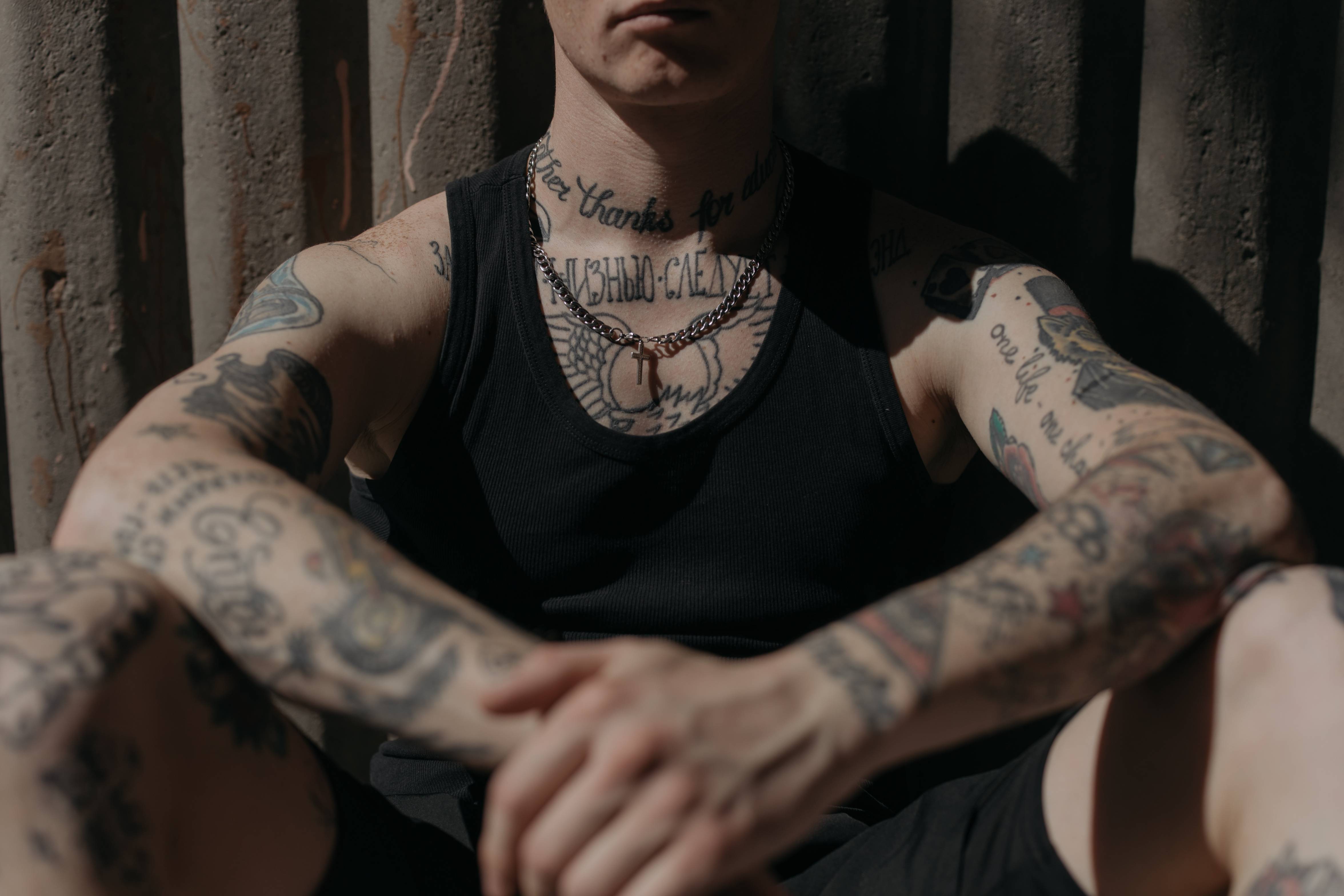
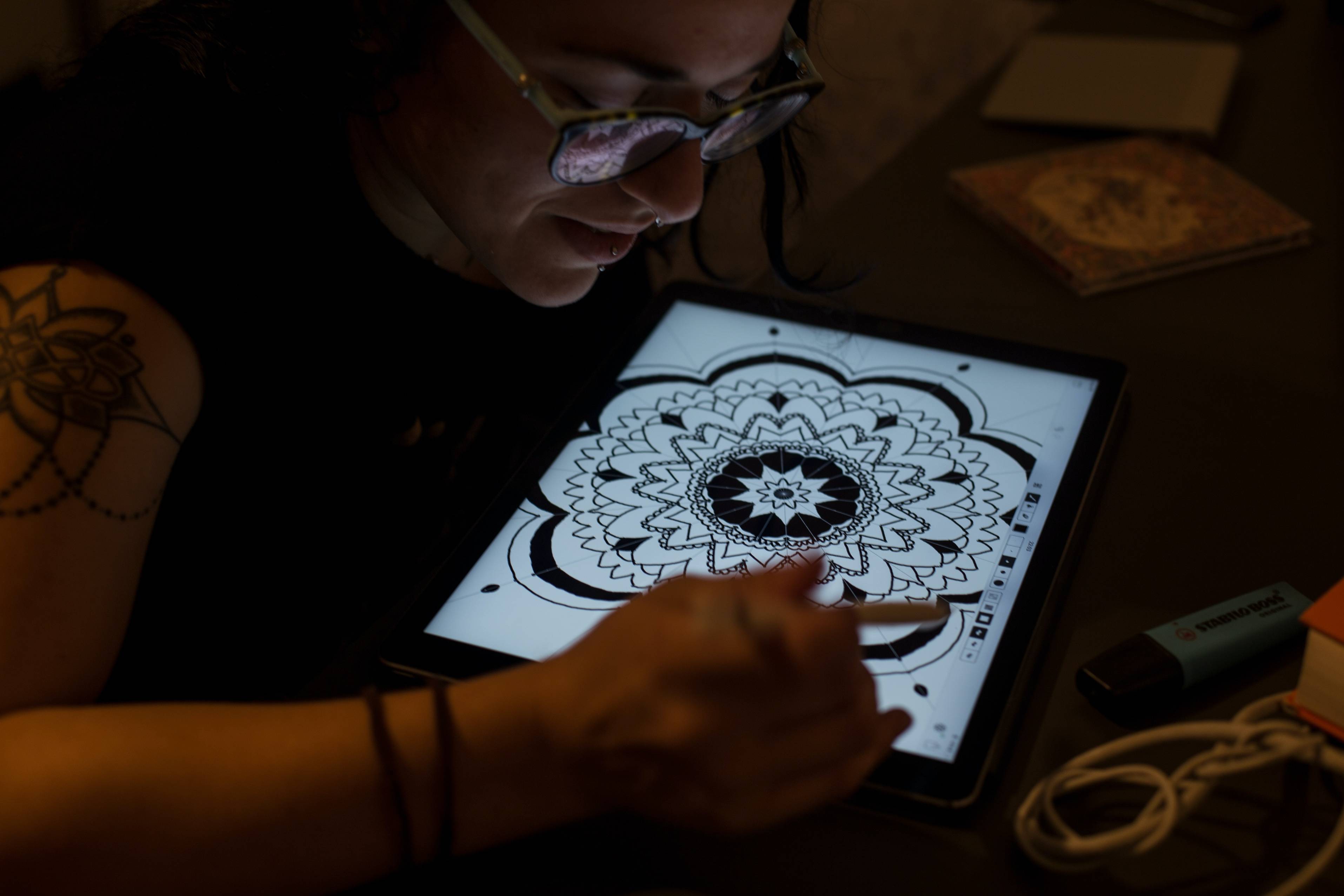
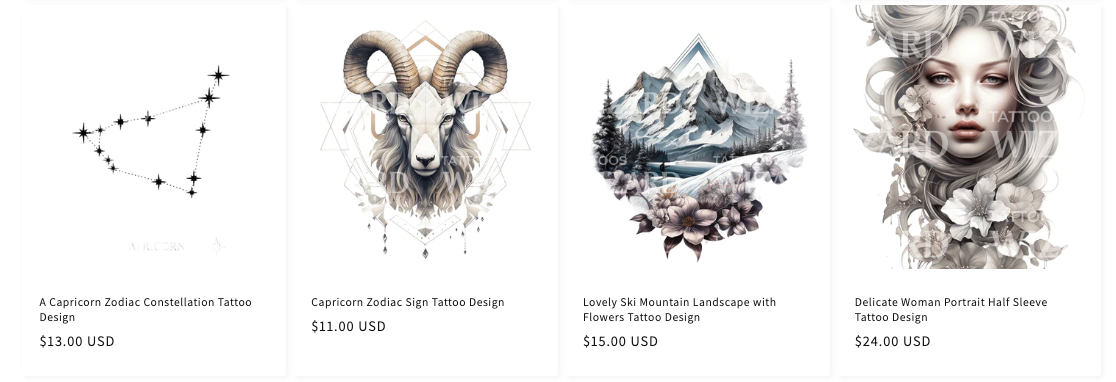
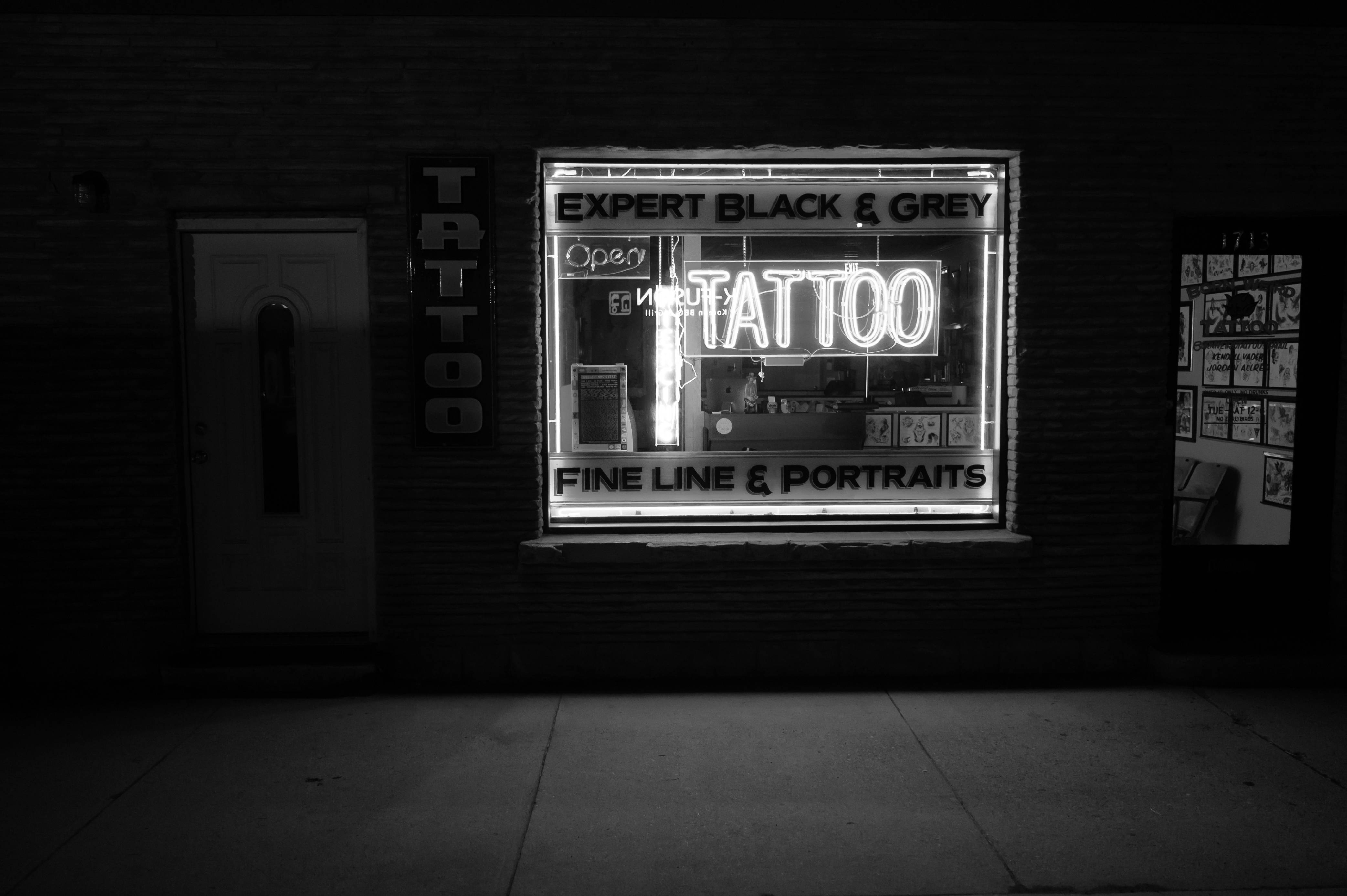
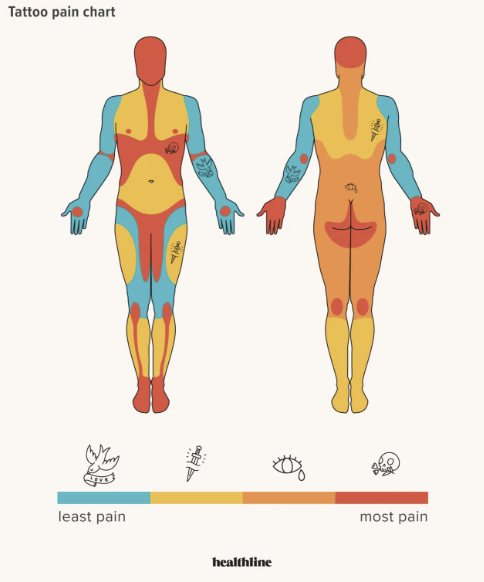
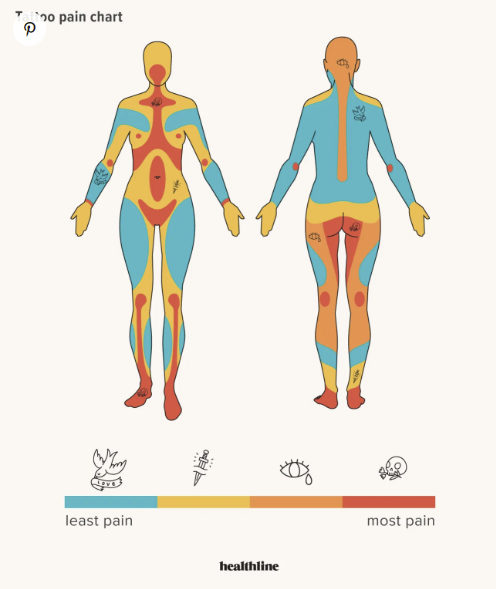

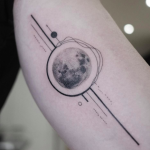
[…] Planning A Tattoo: The Comprehensive One-stop Guide […]
[…] Planning A Tattoo: The Comprehensive One-stop Guide […]
[…] We got a full guide on getting prepared. Check it out here. […]